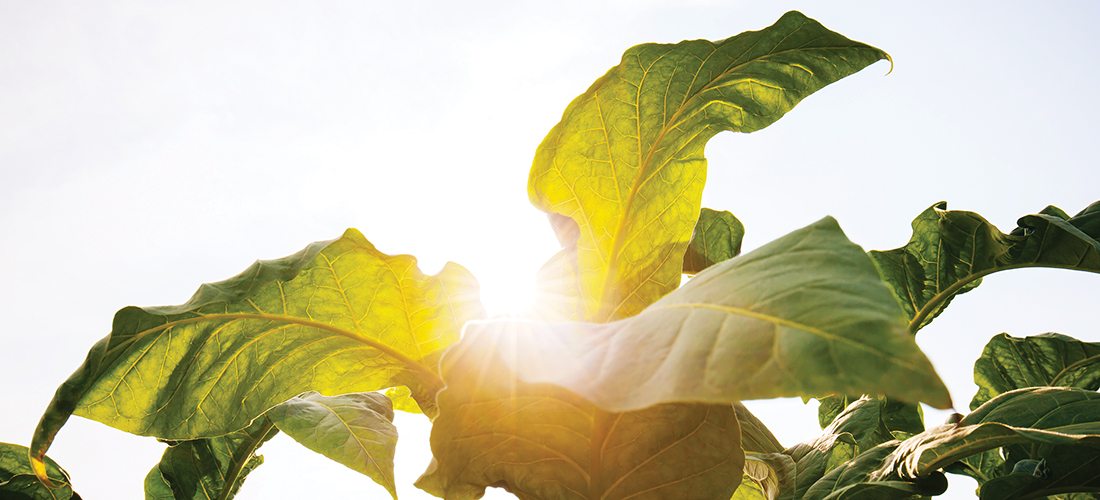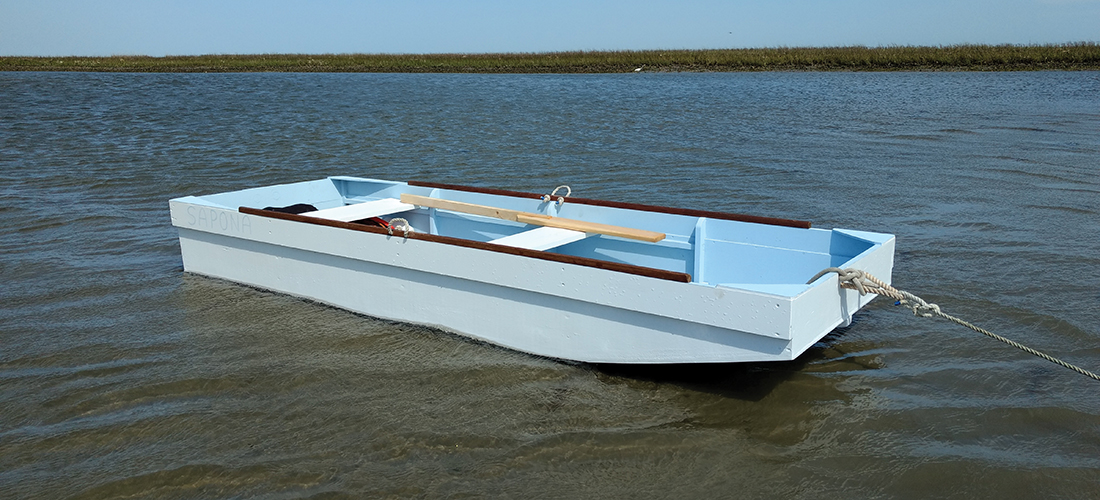As another breeding season closes, this beautiful wader begins the southward migration
By Susan Campbell
Believe it or not, although it is hardly fall yet, the summer solstice will pass in late June, and for some of our birds the breeding season is already over. Many then begin to wander ahead of their southward migration a bit later in the season. During this time, we have a few species that actually move in a northerly direction at this time of year. The wood stork, a rare sight in North Carolina, is one of these.
Wood storks are large white wading birds, a bit smaller than great blue herons. They have heavy bills that curve at the tip. In flight, they are very distinctive. Not only do they fly with their heads and necks outstretched but their tails and flight feathers flash black. They are frequently spotted soaring high in the sky on thermals, not unlike hawks and vultures.
These birds forage not only for small fish, crustaceans and a variety of invertebrates but also for reptiles and amphibians as well and occasionally nestlings of other species. Wood storks are visual hunters that search for movement in the shallows. They also may sweep and probe with their bills in murky areas until they feel prey, and then they will snap their mandibles shut and swallow the food item whole. It is not unusual for them to shuffle with their feet and flick their wings to disturb potential meals in muddy water.
Unlike their European kin, storks here nest in trees, not on chimneys. Also, as opposed to legend, these birds do not mate for life but pair up on the breeding grounds each season. They can live a long time; however, the oldest known (banded) bird from Georgia was over 20 years old when it was re-sighted in South Carolina.
Stork’s nests are bulky stick-built affairs located over water often in cypress trees. However, any sturdy wetland tree species may be utilized. Both parents are involved in construction. Grassy material will line the nest that is, quite uniquely, adhered together with guano. It will take almost two months for the one to five young to reach fledging. Not only will wood storks nest alongside others of their kind, but they tend to be found in colonies with heron, ibis and egret neighbors.
The wood stork is a rare sight in the Carolinas, only breeding locally in freshwater or brackish forested habitat. They prefer locations with an open canopy since they require a good bit of space in order to negotiate a landing. The only known location where they have been documented nesting (and that has been relatively recently) is on Lays Lake on private property in eastern Columbus County. Following fledging, however, family groups may move away from the nesting area to wet habitat where food is plentiful. In dry summers, that movement may be significant — and in any direction.
Historically, in our area, individuals show up annually at Twin Lakes in Sunset Beach by midsummer. They can reliably be found in and around the eastern pond. The birds seem to like probing the flats on the back side, away from golfers. Also look for them loitering in the stout trees along the shoreline into early fall. But do not be surprised if you happen on one or perhaps a small group in any wet area from marshes to farm ponds or golf course water hazards elsewhere. Wood storks are unique and majestic waders that definitely deserve a special look.
Susan would love to receive your wildlife sightings and photos at [email protected].


